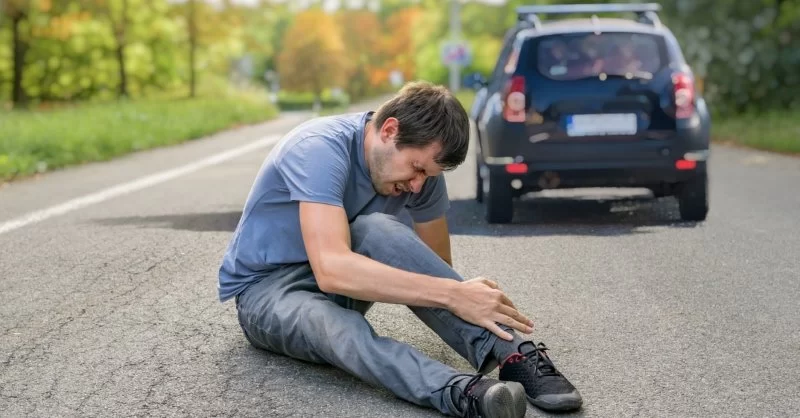- 1 - Ensure Safety and Check for Injuries
- 2 - Contact Law Enforcement and Report the Accident
- 3 - Gather Evidence and Document the Scene
- 4 - Seek Medical Attention and Keep Records
- 5 - Notify Insurance and Explore Compensation Options
- 6 - Real-Life Hit-and-Run Cases
- 7 - Professional Legal Support
Ensure Safety and Check for Injuries
The first priority after a hit-and-run accident is safety. If possible, move your vehicle to a safe location and check yourself and passengers for injuries. Even if you feel fine initially, the shock of the incident can mask symptoms of injuries. In one well-known case, a driver ignored minor pain, only to later discover a severe neck injury. Addressing health concerns immediately not only protects you physically but also creates vital documentation for any legal proceedings.
Contact Law Enforcement and Report the Accident
Calling the police is essential. Law enforcement will create an official accident report, which is crucial for insurance claims and any legal action. Provide as many details as possible, such as the fleeing vehicle’s color, make, or license plate. In some cases, quick reporting has allowed authorities to track down the driver within hours. Without a police report, your chances of securing compensation can be significantly reduced.
Gather Evidence and Document the Scene
While waiting for the police, gather as much evidence as you can. Take photos of your vehicle, nearby damage, and the surrounding area. If witnesses are present, ask for their statements and contact information. Small details—like paint scratches or skid marks—can later serve as powerful evidence. In past hit-and-run cases, security camera footage from nearby businesses has played a pivotal role in identifying offenders. Thorough documentation strengthens both insurance and legal claims.
Seek Medical Attention and Keep Records
Even if injuries appear minor, seek medical care promptly. Doctors can detect internal injuries that are not immediately visible. Keep all medical records, prescriptions, and receipts, as they will be important for insurance reimbursement and court evidence. In one case handled by a law firm, detailed medical documentation was the deciding factor in obtaining a significant settlement for the victim.
Notify Insurance and Explore Compensation Options
Contact your insurance provider as soon as possible. Many policies include uninsured motorist coverage, which may apply to hit-and-run accidents. Provide your insurer with the police report and all gathered evidence. Be cautious when discussing the accident with insurance representatives, as their goal may be to minimize payouts. Seeking legal advice ensures you understand your rights and maximize potential compensation. Firms like Fred Miller Lawyer offer guidance to help victims navigate these challenges effectively.
Real-Life Hit-and-Run Cases
Hit-and-run accidents often make headlines. For example, in a widely reported city case, a driver fled after striking a pedestrian at night. Thanks to quick reporting, police tracked the suspect through traffic cameras, leading to justice for the victim. Stories like these highlight the importance of fast action, detailed evidence gathering, and persistent follow-up.
Professional Legal Support
Recovering from a hit-and-run accident is not just about physical healing—it’s also about securing your legal and financial rights. With the stress of medical bills and potential loss of income, expert legal support becomes indispensable. Experienced professionals such as Fred Miller Lawyer can help victims pursue justice, negotiate with insurance companies, and fight for fair compensation. Having a skilled lawyer by your side can transform a confusing process into a manageable path forward.


 ticket clinic miami fl
ticket clinic miami fl david pivtorak
david pivtorak kuba law firm nyc
kuba law firm nyc mark jetton lawyer
mark jetton lawyer gold and witham
gold and witham injury attorney fullerton
injury attorney fullerton